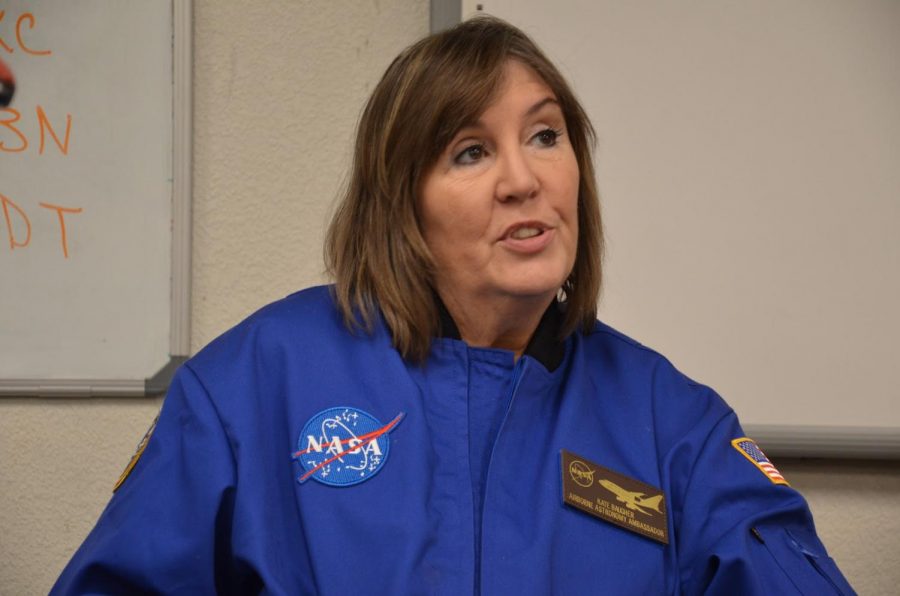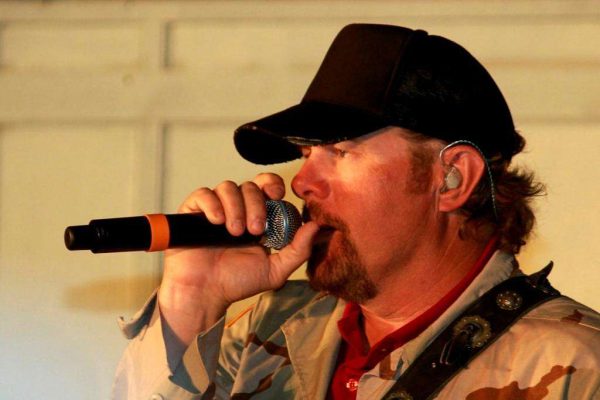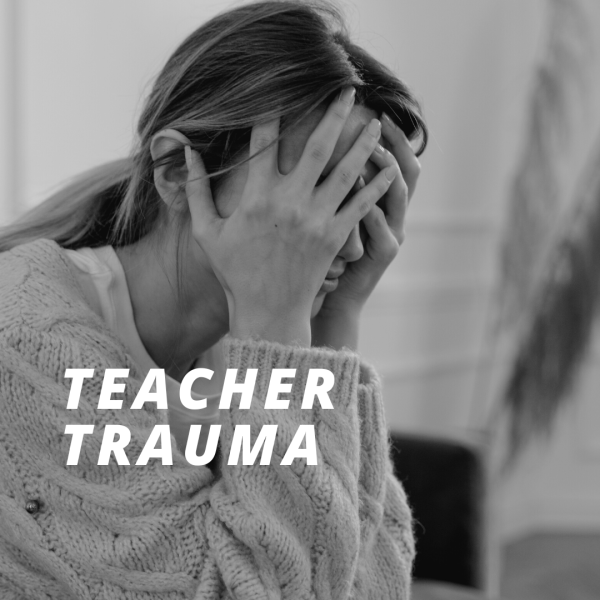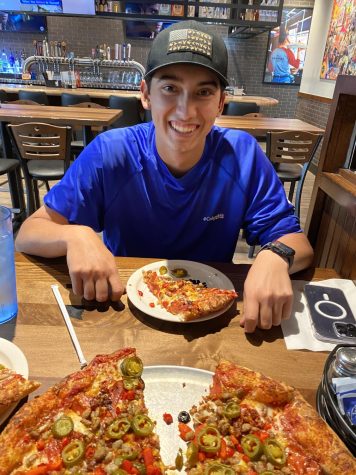Esper Sofi Space Invader
Mrs. Baugher, Space Cadet, is in her jacket that was provided by NASA.
On Wednesday November 6, I met with Mrs. Baugher to discuss her recent trip to space with Mr. Warren.
Blaine Bruton: “How long have you been teaching at north? What subjects?”
Mrs. Baugher: “I’ve been teaching at North since it opened, I don’t remember how many years; that goes over 20, I think. This year I’m teaching biology which, for the first time here; and also, I’ve been teaching chemistry for most of the time. But, I’ve also taught anatomy, zoology, physical science; just about everything except physics.”
BB: “How were you chosen to go to NASA, and what did you have to do?”
MB: “It was Mr. Warren and I both were told about the program through the science director who works in the administration office. We had to fill out an application and tell why we were interested in astronomy and how we thought it would fit into our curriculum. When it was submitted they chose people by, not only our interests and how we thought we could use it in our classes, but by our school district. We have a progressive school district that would support us, that type of thing.”
BB: “What does the average day look like in space?”
MB: “Oh my goodness. We’re supposed to have slept until eleven, which I can’t do. Then we got up and met at twelve and had a meeting and we looked at all the things that were going to be observed. They’re usually was about six to ten different things they were looking at, and we had to go through every one of those and see what they were looking for and why. Then we had a little break for a meal. Then we had a debrief; a briefing with the pilots and the operators, everybody all at once. They had to, just like on TV: weather it’s a go, telescope it’s a go, mechanics it’s a go, that sort of thing was kind of cool. Then we get onto the plane at usually about seven o’clock at night and fly all night until about five or six in the morning, so we had to stay awake all night which is not an easy feat for me. I mainly was working at a computer and other people were too.”
BB: “What transportation got you into space?”
MB: “That’s what I would like to tell you about. It is a 747 that’s been fitted with bigger engines so it can go high with more oxygen so it can go without air up there. And it’s also fitted with a special garage door on the back side that lets the telescope aim at the stars. We live in the troposphere. This can go up into the stratosphere. Beyond the stratosphere there’s two more spheres. That’s where you float around and stuff but we weren’t floating we were just above were planes normally travel. There’s a special secret jet that can go way up high but we’re below that. They call it, since it’s in the stratosphere, the Esper Sofi. It stands for Stratospheric Observatory for Infrared.”
BB: “What were you studying while in space?”
MB: “We were studying galaxies and protostars, which are beginning stars, and what comes out of them. We also studied what elements were being formed and how they were formed. For the chemistry aspect I was looking at what elements were being formed and how they were formed and why.”
BB: “What did you learn that you didn’t already know?”
MB: “Everything. One how it all operated. The second one was about infrared. For example, this infrared camera. If you look at the Hubble telescope that is permanently orbiting Earth it can only see visual light, like the telescopes here can see. Infrared can see through dust particles and water vapor, that a normal telescope can’t see.”

Mrs. Baugher, Space Cowboy,with Blaine Bruton who is holding an infrared camera trying to see through the cloth.
BB: “How are you incorporating the knowledge you learned into the classroom?”
MB: “NASA had three astrophysicist that went with us on board. During the off times that we were up in the air, they actually worked with us and helped develop a curriculum;um for us. For example, in biology when we used the LED lights and filters to help see what lights absorb chlorophyll and so on. In chemistry I will probably be using a lot more in chemistry for quantum mechanics and how electrons are excited and come back down. Mr. Warren uses is for his physics class when he does electron magnetic physics.”
BB: “What did you enjoy most about your trip?”
MB: “Meeting the people. All the scientists who are on board. There’s telescope operator, scientist looking at data, people telling the pilots how to aim the plane, but meeting them and learning there story. Also learning how they got involved so I can tell all the students if they are interested, here is how you can do it because a lot of the time kids don’t know what’s available.”






